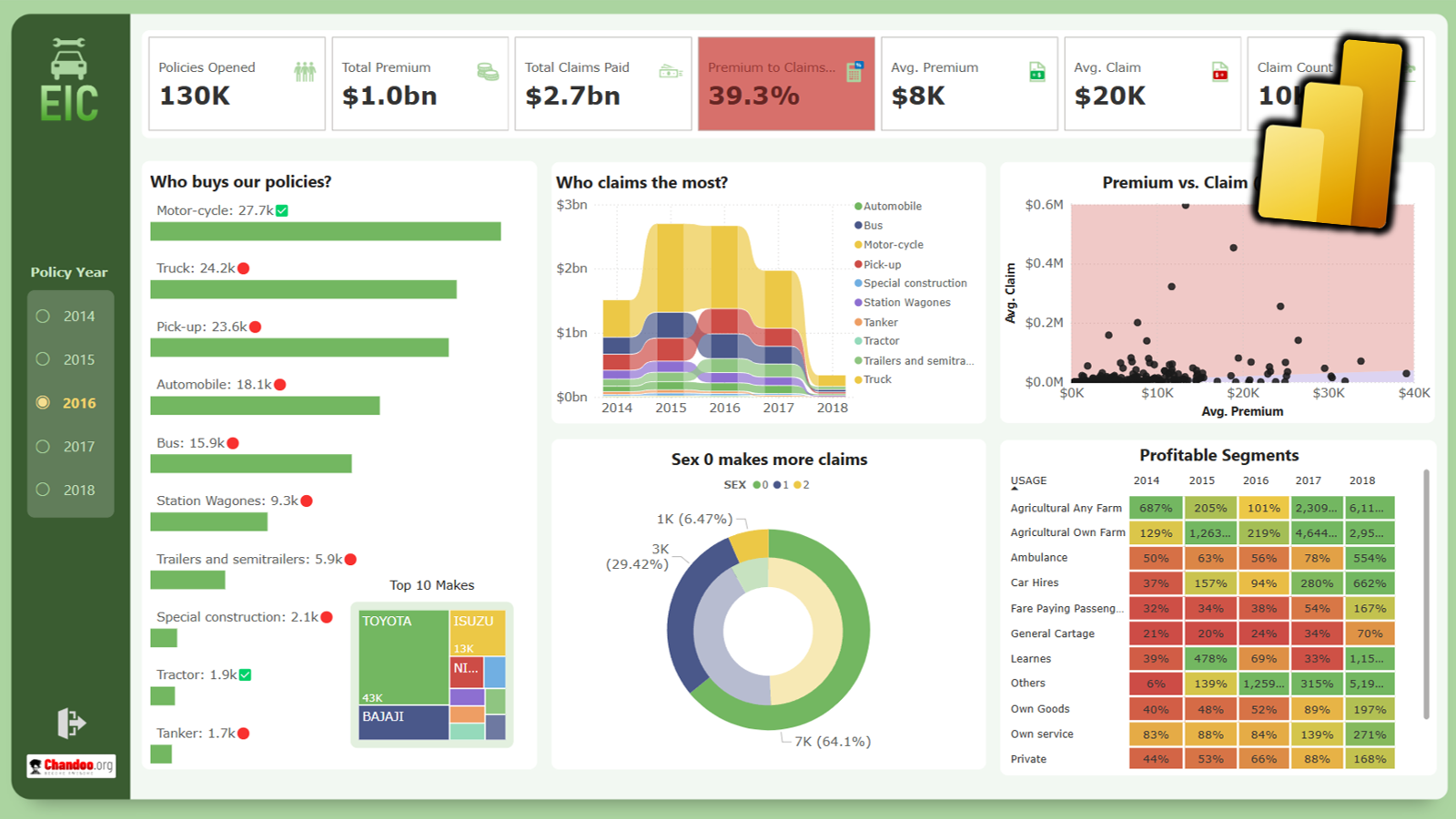 There are few charts in excel that are as revolting as a radar chart. The purpose of a radar chart is to compare m options across n parameters so that audience can be convinced that option A is better than say option B. But, I am yet to come across a radar chart that tells out this story screaming loud.
There are few charts in excel that are as revolting as a radar chart. The purpose of a radar chart is to compare m options across n parameters so that audience can be convinced that option A is better than say option B. But, I am yet to come across a radar chart that tells out this story screaming loud.
Despite all this I see many consultants using Radar Charts mainly because they do some complex analysis on decision options and need to show a complicated chart to prove the point in board rooms.
But they still suck, arent they? I mean human eye is not trained to go around circles 4 times stopping at 6 different parameters only to realize that all the options are equally bad (good).
Take a look at this radar chart and tell me if you can interpret anything

Ok, Radar Charts are unreadable, what is your idea?
Even though we can not process 24 data points by a glance, we can do a better job at understanding the options and indulging in a discussion or better still concluding something when same data is presented differently. Here is where I guess Petal Charts can help.
Excuse the name, but Petal charts are nothing but tweaked radar charts that segregate the information yet somehow provide comparability. Take a look:

Download petal chart template in excel and play with it.
How to create this petal chart?
- Take the usual radar chart data and re-tabulate it:
See the example below:


Why should you do it? Because petal chart is nothing but a tweaked radar chart. So a 4 by 6 radar chart converts to 4 by 24 petal chart.
- Now select the new tabular data and create a regular radar chart with area. This will create the petal chart.
- Finally tweak the colors and axes.
- That is all. You now have an interesting way to tell your story. What do you think?
Here is another example of a sample petal chart.

Remember: download the petal chart template excel workbook and play around.




















